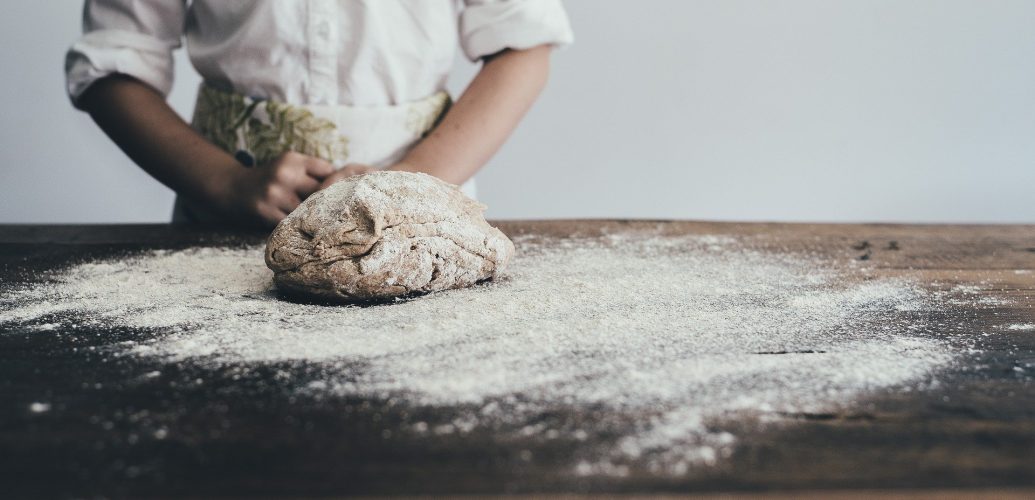Autolyse is a technique for improving the texture and flavor of yeast-raised bread. It involves mixing flour with water, then letting it rest for 10 to 20 minutes before adding the remaining ingredients and kneading.
The name “autolysis” comes from two Greek words: auto meaning self, and lysis meaning dissolution or loosening. When autolysed flour is mixed with water, enzymes in the flour are activated which break down starch molecules into sugars that dissolve into solution. This process allows the baker to add less liquid when they mix their dough.
How to autolyse
Combine the flour and water in a bowl until no dry or wet spots of flour remain. Cover the mixture with plastic wrap then leave it to sit for about 20 minutes up to 3 hours on your countertop.
“During this resting stage, gluten development starts, and simple sugars start to form as starch is broken down. Although it may look like nothing’s going on now, you’ll know that something has changed the next time you touch the dough because during autolyse-time it will have become smoother and more elastic.”
How does autolyse work?
During the autolyse, water is absorbed by the flour and activates enzymes that stimulate gluten development. Starch will then be broken down into simple sugars to feed the yeast, ready for the bulk rise
These 2 procedures would take place throughout standard dough making, however, the important thing is that they are happening before any kneading is done. Excessive kneading can lead to an over oxidised dough that detracts from the completed bread’s colour, flavour, and texture. Allowing an autolyse phase at the start of the whole process lowers the kneading time required later, implying that dough oxidation is likewise decreased.
